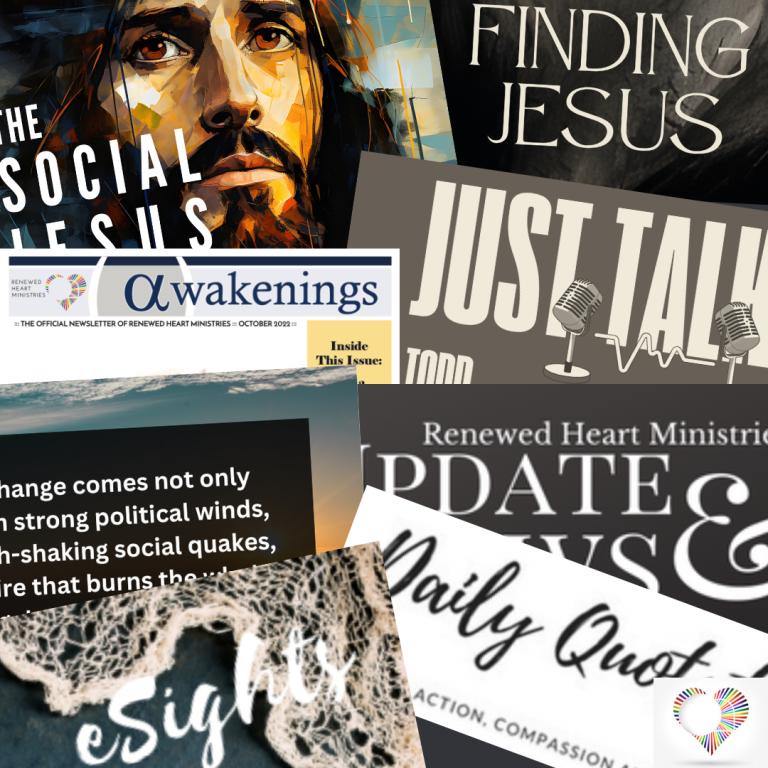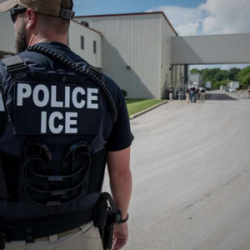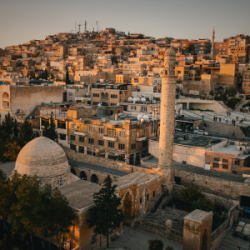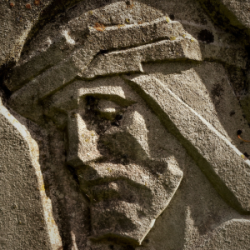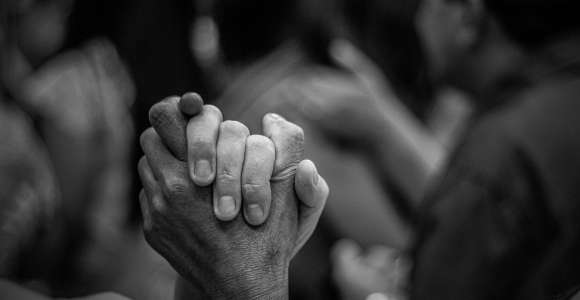
Again, the authors of the gospels tap into all of this cultural liberation symbolism of riding a donkey in our story this week. Jesus’ peace and liberation will not come through Jesus leading a stronger military force against Rome’s military forces, but through the holistic and intrinsic work of a distributive justice so powerful, so pervasive, so stable, that it doesn’t require a war steed. It requires nothing more than a colt.
This is Part 3 of Peace Through Justice Doesn’t Need A War Horse
Welcome Readers! Please subscribe to Social Jesus Here.
(Read this series from the beginning at Part 1 and Part 2.)
Both Marcus Borg and John Dominic Crossan write of these contrasting paths to peace (military might versus distributive justice) in their classic volume The First Christmas. Concerning the futility of the kind of peace established through military violence they write:
“The terrible truth is that our world has never established peace through victory. Victory establishes not peace, but lull. Thereafter, violence returns once again, and always worse than before. And it is that escalator violence that then endangers our world.” (Marcus J.Borg and John Dominic Crossan, The First Christmas: What the Gospels Really Teach About Jesus’s Birth, p. 166)
The kind of peace brought through military violence is temporary. The kind of peace that comes from everyone having what they need to thrive is lasting. This is why the Hebrew prophets also speak of this kind of peace lasting “forever”:
Of the greatness of his government and peace
there will be no end.
He will reign on David’s throne
and over his kingdom,
establishing and upholding it
with justice and righteousness
from that time on and forever. (Isaiah 9:7)
Where does this leave us today?
Today the way our global propertied, powerful and privileged elites seek to keep peace is through military might. But what if we sought a world where everyone had enough instead? What would that kind of global community look like? And if the global community is too large for us to try and imagine right now, let’s start closer. What would our local communities look like if each person simply had enough to thrive and we all were committed to making sure we were taking care of each other?
The late Pope John Paul II is just one example of so many who have called for this kind of peace in recent history. On the 1981 World Day for Peace, he stated, “Let us not await the peace of the balance of terror. Let us not accept violence as the way to peace. Let us instead begin by respecting true freedom: the resulting peace will be able to satisfy the world’s expectations; for it will be a peace built on justice, a peace founded on the incomparable dignity of the free human being.” On the 1998 World Day for Peace, he said, “From the justice of each comes peace for all.” And again on the 2002 World Day for Peace he reinforced the message: “No peace without justice.”
Today, as in the time of Jesus, there are two philosophies of peace in our world. One says, “If you want peace, prepare for war.” The other says, “If you want peace, work for justice.” As MLK and so many other justice workers have rightly reminded us, true peace is not just the absence of conflict, but also the pursuit of fairness and equality for all. It is with peace through justice that the gospel authors align the work and ministry of Jesus. This is why I believe Jesus enters Jerusalem for the last time to protest in the Temple for economic justice on the back of a young donkey. Because peace through justice doesn’t need a war horse.
Are you receiving all of RHM’s free resources each week?
Begin each day being inspired toward love, compassion, justice and action. Free.
Sign up at HERE.
